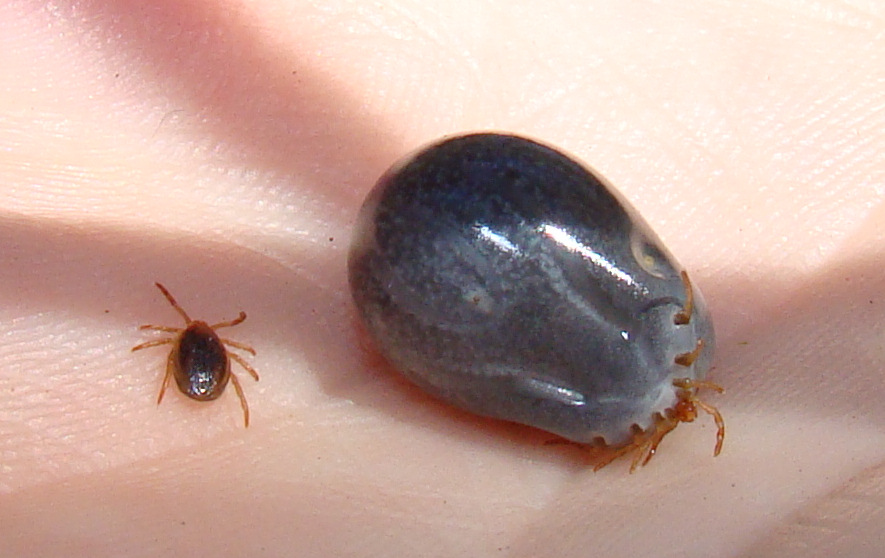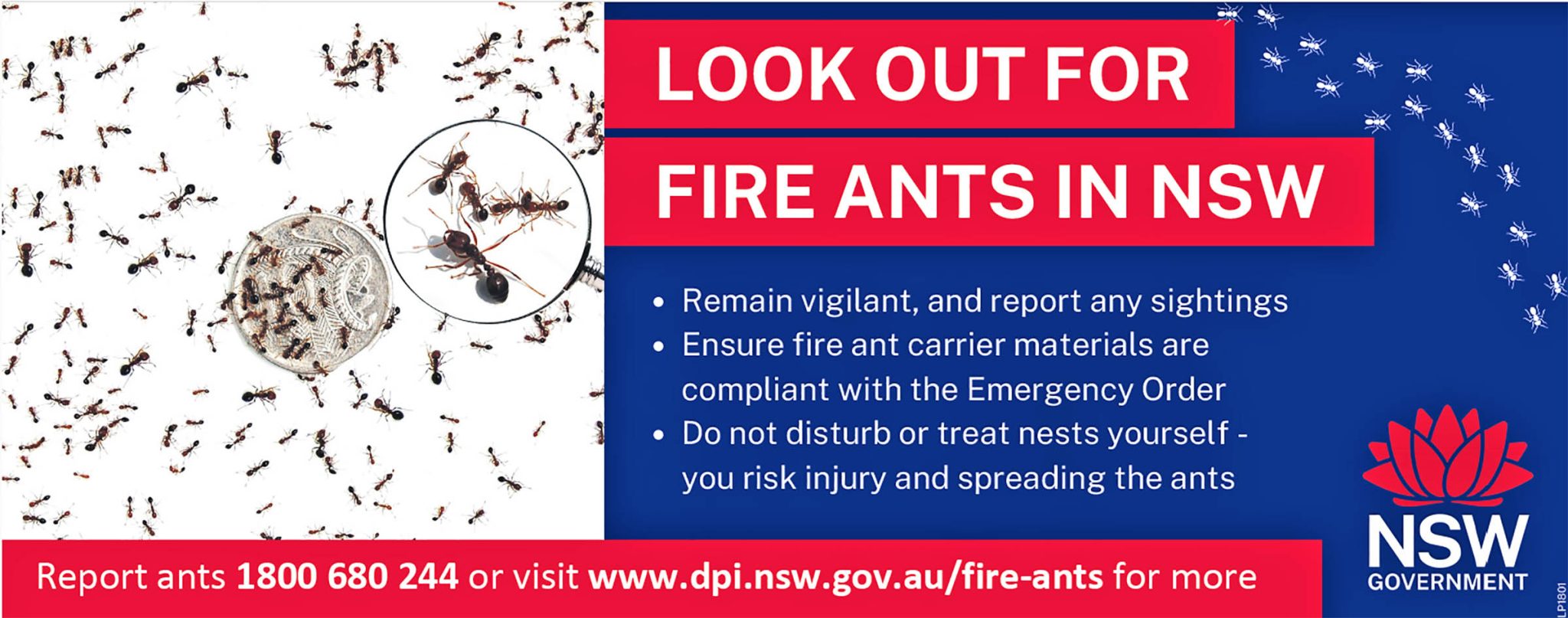Paralysis ticks are a common cause of sickness and death in cattle, alpacas, sheep and goats on the North Coast.
Although they are found year-round, they are most prevalent in late winter and early spring when adult females are emerging to breed.
Young and small animals are most commonly affected, although adults in poor body condition or with heavy infestations can also succumb to paralysis ticks.
Initial signs are wobbling in the hind legs, which then progresses towards the head impacting on breathing muscles and the forelimbs. Animals are often found ‘down’ and unable to stand.
Ticks are difficult to find and may have dropped off by the time symptoms become apparent, so it is not unusual to be unable to find a tick on an affected animal.
Tick paralysis can be treated by private vets using tick anti-toxin, with good success rates if treatment is initiated early in the course of the disease.
Prevention of tick paralysis can be difficult due to the tick’s short period of attachment to the animal and the large number in the environment.
Most chemical products currently registered for control of paralysis ticks in cattle are labour-intensive to apply and offer short periods of protection.
One ear tag product is registered for use in cattle for paralysis ticks for up to 42 days and can be a valuable tool for prevention of tick paralysis in young calves. There are several products registered for use on bush ticks in all animals and these may have some effect in preventing paralysis ticks.
Control is best achieved by preventing or reducing infestation. This can be done by altering breeding patterns so that vulnerable young stock are not being born during the time of highest risk in late winter/early spring.
For cattle, the infusion of Bos indicus breeds can increase their innate resistance to ticks.
Creation of low risk pastures also assists in reducing tick infestation. Paralysis ticks favour bushy or shrubby areas with large volumes of organic matter to provide shelter. Long, hayed off tropical pastures such as bladey grass or Setaria paddocks can provide an ideal environment for paralysis ticks. By managing these risks by hard grazing or slashing of such paddocks and not using heavily vegetated paddocks for calving, risks of infestation can be reduced.
For further information go to:
Paralysis Ticks and Cattle – opens in new tab and for information on Beef Cattle Health and Husbandry for the NSW North Coast – opens in new tab




